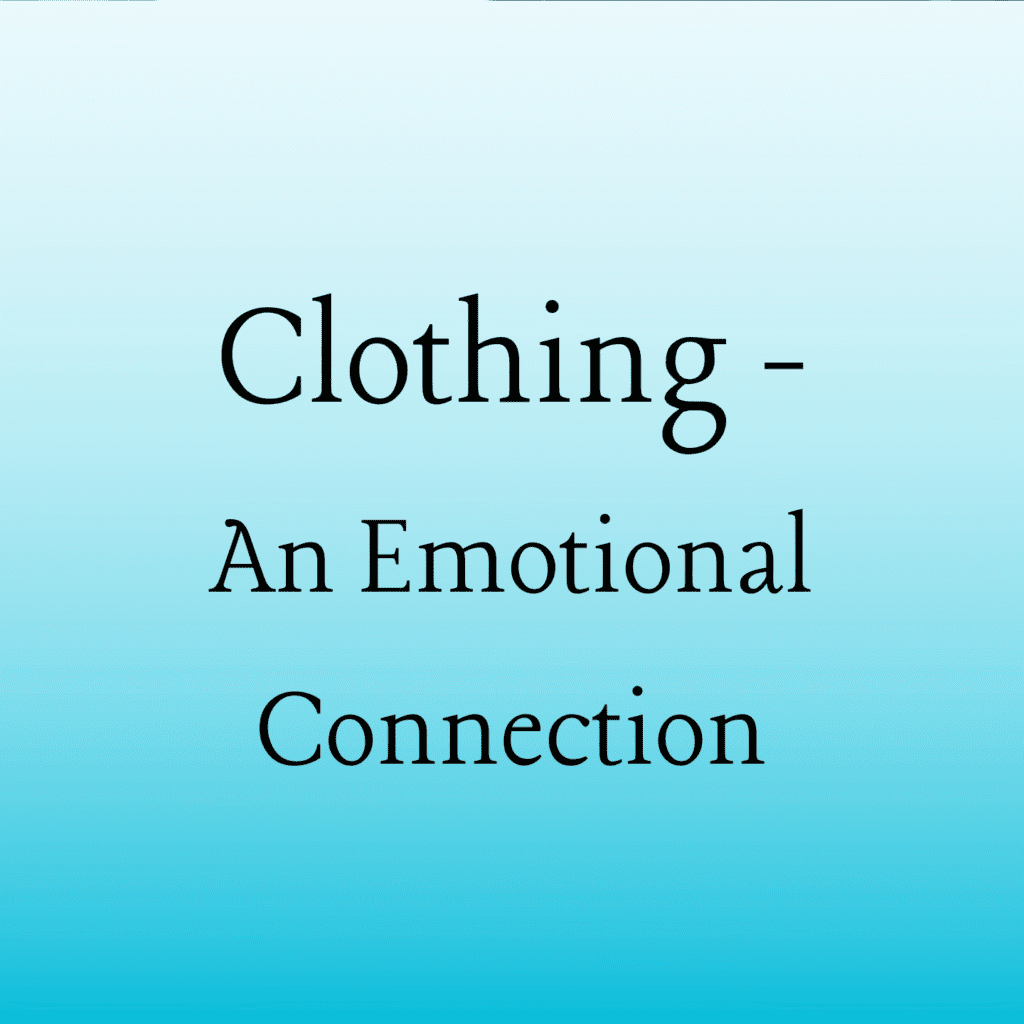
Clothing has always served more than just a functional role in human life. Beyond protection and modesty, what we wear influences how we feel, behave, and perceive ourselves. For children, who are in the crucial stages of identity formation, emotional development, and social learning, the clothes they wear can significantly impact their emotions, self-esteem, and behavior.
Let’s explore the emotional and behavioral effects of children’s clothing and how parents, educators, and caregivers can make thoughtful choices to foster healthy development.
1. 👉 Clothing as a Medium of Self-Expression
Children, especially as they grow from toddlers to school-age, begin to assert their individuality. Clothes become an early tool for expressing identity. A child may prefer bright colors, superhero prints, animal or cartoon characters, and these preferences reflect their personalities, interests, and emerging sense of self.
Impact:
- Positive Expression: Allowing children to choose their clothing (within reasonable limits) helps them feel heard, respected, and confident.
- Negative Impact: Forcing specific types of clothing—especially those that do not align with a child’s comfort or preferences—can result in feelings of powerlessness or low self-esteem.
2. 👉 Comfort and Its Influence on Mood
Comfort is perhaps the most immediate emotional aspect of clothing. Children are highly sensitive to textures, fit, temperature, and restrictions in movement. Discomfort can lead to irritability, distraction, and even behavioral outbursts.
Impact:
- Comfortable Clothing: Promotes calmness, concentration, and cooperation in social and academic settings.
- Uncomfortable Clothing: Itchy fabrics, tight waistbands, or poorly fitted clothes can lead to anxiety, agitation, and difficulty focusing.
3. 👉 Social Acceptance and Peer Interaction
Children are highly influenced by social environments. Clothing can either help them fit in or make them stand out—sometimes positively, other times negatively. Peer acceptance becomes especially important in school-aged children and adolescents.
Impact:
- Positive Association: Wearing clothes that are similar to peers can aid in social bonding and inclusion.
- Bullying and Isolation: Outdated, ill-fitting, or culturally distinct clothing may subject children to teasing or exclusion, affecting their emotional well-being.
4. 👉 Gender Norms and Identity Development
Children’s clothing is often heavily gendered, with strong messages about what is “appropriate” for boys versus girls. While some children embrace these norms, others may find them limiting or even distressing, especially if they do not conform to traditional gender expectations.
Impact:
- Inclusive Clothing Choices: Support a child’s exploration of identity and individuality without shame or stigma.
- Strict Gender Norms: May lead to confusion, shame, or reduced self-esteem in children who feel they don’t fit traditional roles.
5. 👉 Clothing and Behavior Regulation
Clothing can influence children for specific behaviors. For instance, school uniforms or “special occasion” clothing can signal to a child that they are expected to behave more formally or responsibly.
Impact:
- Structured Clothing Environments: Can encourage discipline and help children transition between different roles (e.g., student vs. playtime).
- Overly Restrictive Attire: May suppress spontaneity, playfulness, and natural behavior, especially in younger children.
6. 👉 Cultural and Familial Identity
Clothing often reflects cultural heritage and familial values. Wearing traditional attire can instill a sense of pride and belonging, reinforcing cultural identity from a young age.
Impact:
- Positive Cultural Connection: Encourages self-worth, family bonding, and understanding of one’s roots.
- Cultural Insensitivity or Rejection: If a child is teased for their cultural dress, it may create internal conflict and shame about their identity.
7. 👉 Emotional Associations with Clothing
Clothing can carry emotional memories for children. A favorite shirt may bring comfort, while an outfit worn during a bad or stressful event may evoke negative feelings.
Impact:
- Positive Emotional Triggers: Familiar clothes can serve as emotional anchors, offering comfort during transitions like starting school or traveling.
- Negative Triggers: Certain outfits may become symbols of anxiety or distress and should be replaced or avoided.
8. 👉 Role of Parents and Caregivers
Parents, guardians, and caregivers play an essential role in shaping the emotional and behavioral impact of clothing.
What Parents Can Do 👇:
- Involve children in clothing choices.
- Prioritize comfort over style for daily wear.
- Observe behavioral changes associated with specific clothes
- Respect and support their child’s identity and preference
Children’s clothing is more than a wardrobe –
Children’s Clothing is a tool that can influence emotional health, self-perception, and social behavior. By understanding the emotional and behavioral implications of what children wear, caregivers and designers alike can make thoughtful decisions that support a child’s growth, confidence, and happiness.

